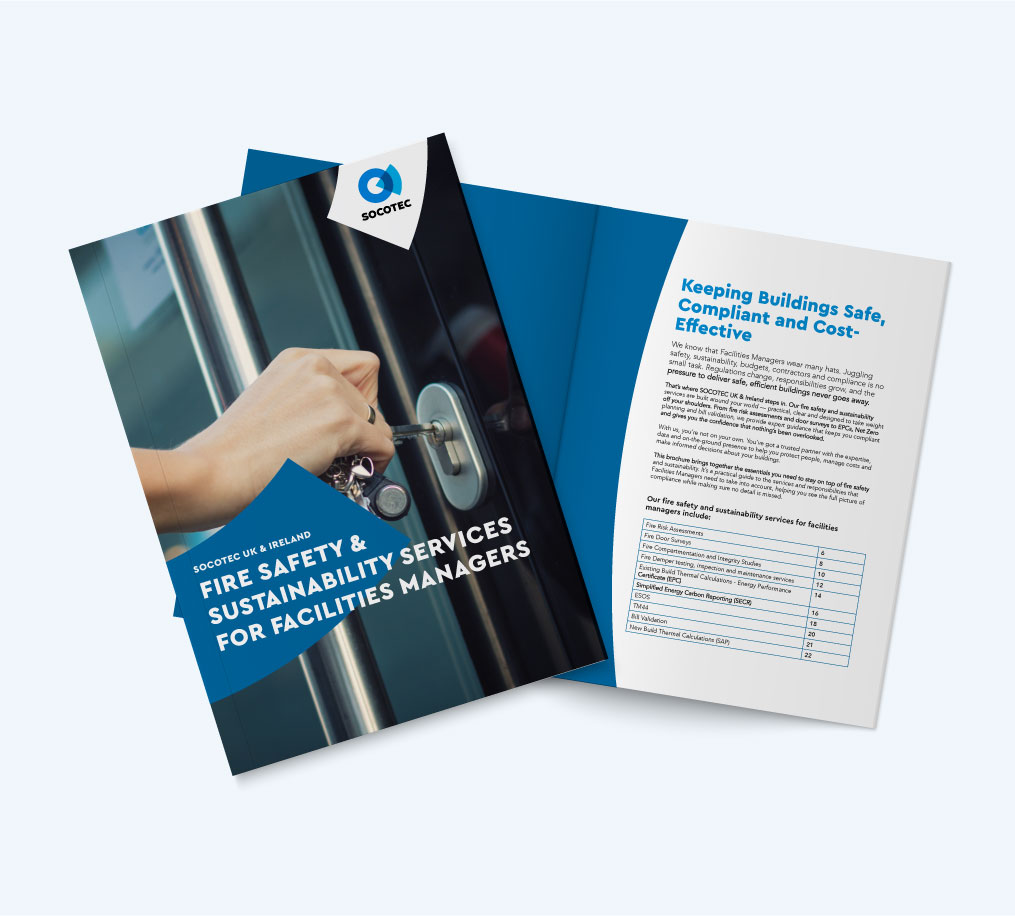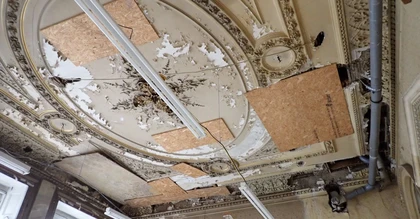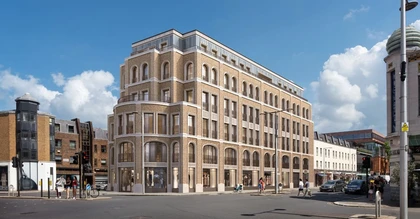Fire compartmentation is an essential aspect of your premise’s fire safety strategy. The objective of fire compartments is to prevent the spread of smoke and fire, by subdividing the building, protecting the escape routes, high risk or high-value areas, and preventing extensive losses.
The two main objectives of fire compartmentation are:
- Life safety - Fire compartments are used for protecting or sub-dividing escape routes and may include internal and/or external means of escape such as escape corridors, stair enclosures, refuge areas, protected lobbies / firefighting shafts, external escape stairs and walkways. They provide occupiers time to evacuate before escape routes are potentially compromised by the spread of smoke and fire.
- Property protection – Fire compartments are also used to limit fire spread from its room/area of origin, this is predominantly for enclosures housing special fire hazards such as electrical or plant rooms, kitchens, or other high-value or high-risk rooms such as IT server rooms, storage rooms or archive rooms, and can be a strategic measure in protecting a premise/business.
Approved Document B, Volume 2 (2019) defines a fire compartment as; -
“A building or part of a building comprising one or more rooms, spaces or storeys constructed to prevent the spread of fire to or from another part of the same building or an adjoining building.”
Approved Document B Tables B3 and B4 provide detailed information regarding the minimum periods of fire resistance required in buildings for different purpose groups and the permitted compartment sizes. It also details other factors that may be required depending on the premises and occupancy such as sprinklers.

Talk to our experts

SOCOTEC's Fire Engineering Services
What is involved in a fire compartmentation survey?

A fire compartment will only be deemed effective if its construction and integrity are adequate, this means able to separate one space from another using fire resistant construction, fire stopping (where necessary), and using the correct certified fire doors or glazing. The failure of compartmentation can be related to a range of factors, including:
- Damage to fire doors through misuse or inadequate maintenance
- Incomplete fire stopping during construction, repairs, installations, or alterations
- Poor workmanship
- Use of incorrect materials.
A fire compartmentation survey involves reviewing the building’s fire strategy or fire plan drawings to gain an understanding of the locations of required compartment lines. The survey will review the condition of the fire-resisting construction such as roof voids, floors, walls, basements, fire doors, floor and ceiling voids, risers and shafts (where present), and their capability to stop the spread of smoke and fire during the event of an emergency.
A fire compartment will only be deemed effective if its construction and integrity are adequate, this means able to separate one space from another using fire resistant construction, fire stopping (where necessary), and using the correct certified fire doors or glazing. The failure of compartmentation can be related to a range of factors, including:
- Damage to fire doors through misuse or inadequate maintenance
- Incomplete fire stopping during construction, repairs, installations, or alterations
- Poor workmanship
- Use of incorrect materials.
A fire compartmentation survey involves reviewing the building’s fire strategy or fire plan drawings to gain an understanding of the locations of required compartment lines. The survey will review the condition of the fire-resisting construction such as roof voids, floors, walls, basements, fire doors, floor and ceiling voids, risers and shafts (where present), and their capability to stop the spread of smoke and fire during the event of an emergency.
Compartmentation surveys are typically a semi-intrusive survey where the construction elements and decoration of the building are not damaged. Rather it is a review of the construction and materials used, fire stopping installation methods and materials used, and the passive & active installations such as fire doors, fire dampers, fire shutters or curtains.
An intrusive survey is often conducted if there are concerns related to structural deficiencies in the construction. This type of survey requires elements of the project such as a wall, façade, ceiling or floor coverings to be opened up to gain access into cavities or voids. Alternatively, small holes can be drilled within the construction so a borescope can be inserted for the inspection to take place. These types of surveys are not common and can be a costly process.
FAQs – Fire Compartmentation and Integrity Surveys
Supporting your sector: Fire Compartmentation support in your industry
SOCOTEC’s fire safety consultants have experience working on fire compartmentation projects across a range of industries. Our technical expertise can be tailored to support a range of sector requirements, including:

Our services include:

SOCOTEC UK & Ireland
Fire Safety and Sustainability Services for Facilities Managers

As a facilities manager, you are responsible for keeping on top of the safety, efficiency and compliance of the buildings in your care. We at SOCOTEC understand how complex this role can be in the ever-changing regulatory landscape.
Our facilities management solutions go beyond ticking compliance requirements. Our experts partner with you to deliver strategies that enhance building performance and sustainability and help create robust fire safety measures or improve on existing plans.
View our brochure now to explore our sustainability and fire safety service offering and see how we can support you with your specific needs.
As a facilities manager, you are responsible for keeping on top of the safety, efficiency and compliance of the buildings in your care. We at SOCOTEC understand how complex this role can be in the ever-changing regulatory landscape.
Our facilities management solutions go beyond ticking compliance requirements. Our experts partner with you to deliver strategies that enhance building performance and sustainability and help create robust fire safety measures or improve on existing plans.
View our brochure now to explore our sustainability and fire safety service offering and see how we can support you with your specific needs.
Want to find out more about SOCOTEC's services?





















